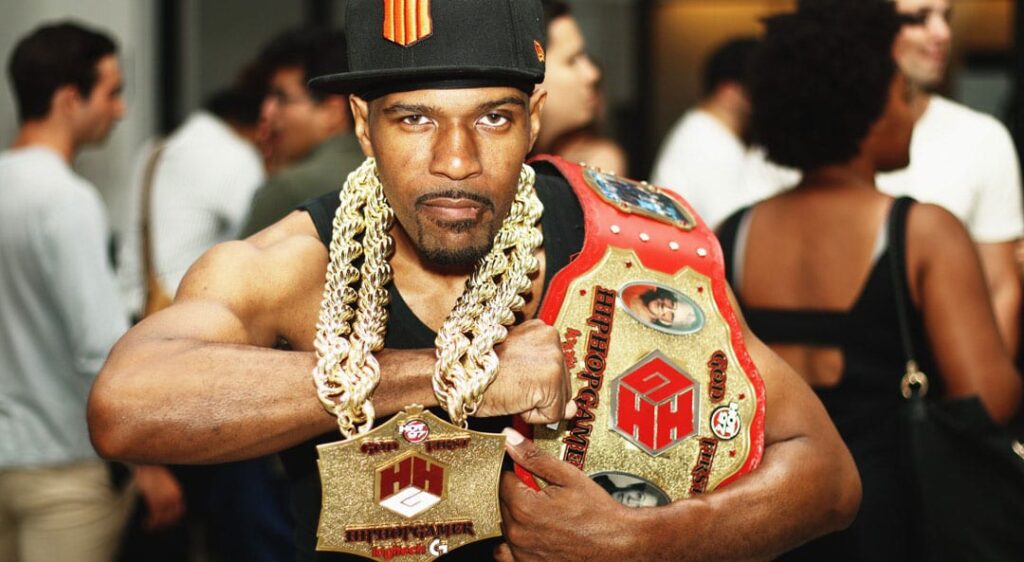Rap music has always been a powerful force in the music industry, shaping and reflecting the culture of its time. In the 2000s, rap music experienced a significant evolution, with new artists, innovative sounds, and groundbreaking collaborations that pushed the genre to new heights. From the rise of iconic rap stars to the fusion of different musical styles, the 2000s marked a transformative era for rap music. In this article, we will explore the key moments, artists, and trends that defined 2000s rap music.
Emergence of New Rap Superstars
One of the most notable aspects of 2000s rap music was the emergence of a new generation of rap superstars. Artists like Eminem, Jay-Z, and Kanye West dominated the charts and became household names. Eminem, with his unique blend of raw lyricism and controversial subject matter, pushed the boundaries of rap music and became one of the best-selling artists of the decade. Jay-Z, on the other hand, solidified his status as a rap mogul, not only through his own music but also through his successful ventures in fashion, sports, and entertainment. Kanye West, known for his innovative production style and introspective lyrics, reshaped the sound of rap music and became a cultural icon.
The Rise of Regional Rap Scenes
The 2000s also saw the rise of regional rap scenes, with cities like Atlanta, Houston, and Chicago making significant contributions to the genre. Atlanta, in particular, became a powerhouse in rap music, with artists like OutKast, T.I., and Ludacris putting the city on the map. OutKast’s album “Stankonia” was a critical and commercial success, blending funk, soul, and rap in a way that had never been done before. Houston’s rap scene, led by artists like UGK and Chamillionaire, introduced a new style known as “chopped and screwed,” characterized by slowed-down beats and distorted vocals. Chicago, with artists like Kanye West and Common, brought a refreshing sound and lyrical depth to the rap scene.
Significant Collaborations in Rap Music
Collaborations played a significant role in shaping 2000s rap music, with artists from different genres coming together to create groundbreaking tracks. One such collaboration was the partnership between rap and R&B artists, resulting in hit songs like “Crazy in Love” by Beyoncé featuring Jay-Z and “Umbrella” by Rihanna featuring Jay-Z. These collaborations not only produced chart-topping hits but also blurred the lines between different genres, paving the way for future collaborations in the music industry.
Fusion of Rap with Other Musical Styles
Another trend that defined 2000s rap music was the fusion of rap with other musical styles, such as rock and electronic music. Artists like Linkin Park, N.E.R.D., and Kid Cudi incorporated elements of rock into their rap music, creating a new sound that appealed to a broader audience. Electronic music also made its way into rap music, with artists like The Black Eyed Peas and Kanye West experimenting with electronic beats and synthesizers. These genre-bending collaborations and fusions expanded the boundaries of rap music and attracted new fans to the genre.
The Transformative Era of Rap Music
In conclusion, the 2000s was a transformative era for rap music, marked by the rise of new artists, innovative sounds, and groundbreaking collaborations. Artists like Eminem, Jay-Z, and Kanye West pushed the boundaries of rap music and became cultural icons. Regional rap scenes in cities like Atlanta, Houston, and Chicago made significant contributions to the genre, while collaborations and genre fusions expanded the boundaries of rap music. The 2000s will always be remembered as a pivotal time in rap music history, shaping the future of the genre for years to come. Stay tuned for more articles on the evolution of rap music in the 2010s and beyond.
Key Takeaways:
- The 2000s marked a transformative era for rap music, with new artists, innovative sounds, and groundbreaking collaborations.
- Eminem, Jay-Z, and Kanye West emerged as rap superstars, pushing the boundaries of the genre and becoming cultural icons.
- Regional rap scenes in cities like Atlanta, Houston, and Chicago made significant contributions to the genre, bringing unique sounds and styles.
- Collaborations between rap and R&B artists, as well as fusion with rock and electronic music, expanded the boundaries of rap music and attracted new fans.
- The 2000s set the stage for the future of rap music, shaping the genre for years to come.
If you’re passionate about the music industry and want to explore the business side of rap music, consider taking the “NYU x Billboard | Music Industry Essentials” online course and certificate program offered by Yellowbrick. This comprehensive program will provide you with the knowledge and skills needed to navigate the ever-changing landscape of the music industry. Don’t miss out on this opportunity to learn from industry experts and take your passion for rap music to the next level. Enroll today and unlock your potential in the music industry!




